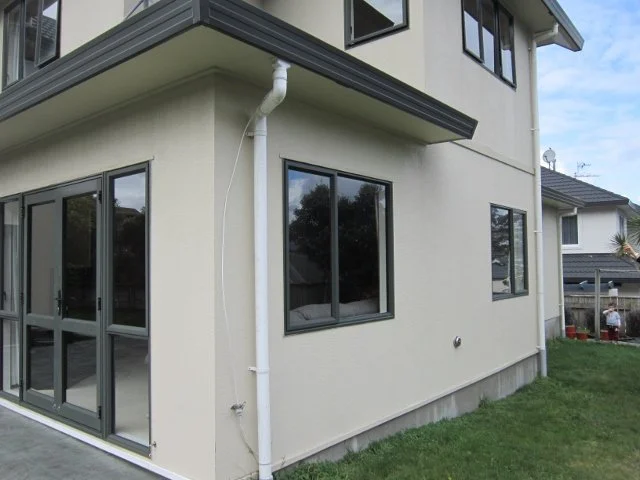Monolithic Properties - Navigating this from a lending perspective
Disclaimer: The below guide is general in nature and do seek individual financial advice to see how this applies to your situation. Our experienced advisers are on hand to help at no cost to you (T’s and C’s apply)
Monolithic properties come up a lot in discussions with clients. Often they come to me with a suspiciously good value property.
Monolithic properties, also sometimes referred to as ‘leaky homes’, refers to a type of construction where the exterior walls are covered with textured plaster. Commonly found in homes built during the late 1980s, 1990s and early 2000s, monolithic cladding was initially popular for its low cost, modern aesthetic and ease of application.
However, during this period, a lot of properties were found to be built incorrectly, or the products that were used were found to be unsuitable and failed.
Modern plaster clad properties have very likely solved this problem, but any property built between around 1988 and 2004 should be thoroughly investigated before moving forward.
A typical monolithic, plaster clad house built between 1988 and 2004.
One of the primary concerns associated with monolithic properties is the potential for water ingress, leading to weathertightness issues. Improper installation or lack of maintenance can contribute to these problems.
The leaky home crisis in New Zealand, primarily affecting homes built between the late 1980s and early 2000s, has heightened awareness about weathertightness issues. Whilst not everything from this time period will be a leaky home, the risks are great. A full house reclad could run into the hundreds of thousands of dollars.
While monolithic cladding is generally easy to maintain, regular inspections and timely repairs are crucial to prevent and address any issues related to water penetration.
Lender’s views
In general terms, getting approval for a monolithic property with lenders is possible. It is much easier with 20% deposit than less than 20% deposit. It will often require a weathertightness report. This is different from a general builders report as moisture readings are taken from inside the walls of the house to show that water has not found it’s way in. Typically these reports can be around $2,000.
Any borrower going through a Kainga Ora scheme will find that this property type would very likely be rejected.
First home buyers should be very, very careful with this construction type and era of property.
Speak to your mortgage adviser, your insurance adviser (if you don’t have one at this stage, get one - we can help there) and your solicitor before moving forward.

